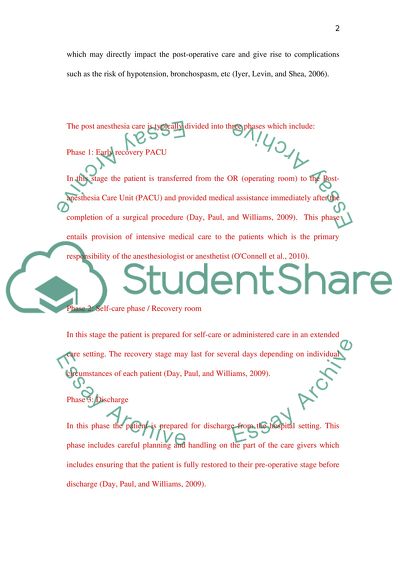Cite this document
(“Nursing contribution to patient recovery from anaesthesia Essay”, n.d.)
Retrieved from https://studentshare.org/nursing/1403623-critically-analyse-the-nursing-contribution-to
Retrieved from https://studentshare.org/nursing/1403623-critically-analyse-the-nursing-contribution-to
(Nursing Contribution to Patient Recovery from Anaesthesia Essay)
https://studentshare.org/nursing/1403623-critically-analyse-the-nursing-contribution-to.
https://studentshare.org/nursing/1403623-critically-analyse-the-nursing-contribution-to.
“Nursing Contribution to Patient Recovery from Anaesthesia Essay”, n.d. https://studentshare.org/nursing/1403623-critically-analyse-the-nursing-contribution-to.


